Industrial action and public disorder can adversely affect our day-to-day lives very quickly
Industrial action (or a ‘strike’) is where a group of workers do not attend work as a means of protest. A trade union can only call for a strike if a majority of its members involved support it in an organised vote called a ‘ballot’. There are legal restrictions around how long such strikes can last and in certain critical sectors (such as policing and for prison officers) striking is unlawful.
Peaceful protests can quickly develop into public disorder if small numbers of individuals are intent on provoking violence. Public disorder may be caused by long-standing grievances or as a spontaneous response to a single incident. Peaceful protests, that remain peaceful, are not considered a form of public disorder.
The risks
Industrial action:
- Temporary closures.
- Reduced services.
- Disruption to organisations, customers and the public
Public disorder:
- Arson.
- Looting.
- Rioting.
- Vandalism.
- Violence
Potential impacts
- Physical and psychological casualties.
- Disruption to critical services, particularly heath and policing.
- Damage to property and infrastructure.
- Damage to the economy.
- Possible evacuation and shelter of people affected
What you can do
- Remain calm.
- Avoid confrontation.
- Walk, don't run.
- Stay close to walls and other barriers, avoid subways and tunnels.
- Move to the outside of a crowd.
- Always cooperate with the emergency services and follow their advice and instructions.
- Go indoors, stay indoors and tune in to your local radio station, follow social media or television news reports

